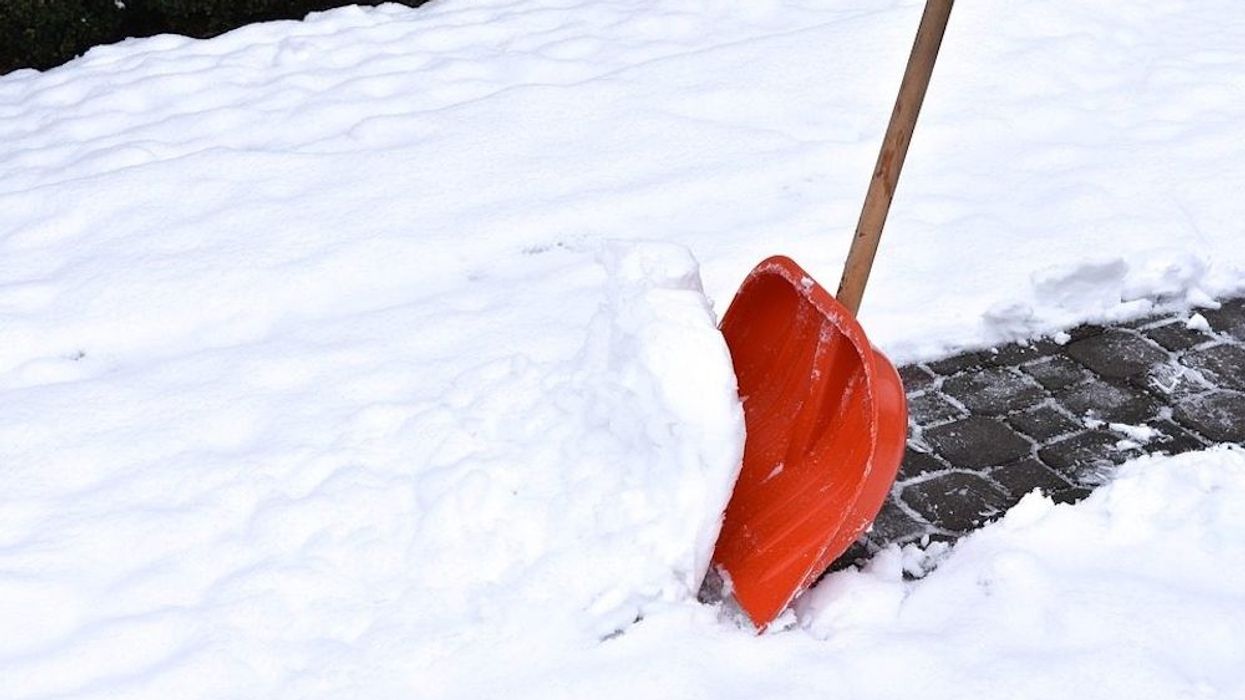‘Tis the season… to shovel.
With a 100% chance of snow on the weather forecast today, the City of Toronto is imploring home and business owners to bundle up, brace the cold, and shovel -- or risk facing a hefty fine.
“If snowfall accumulation is 2 cm or less in depth, it is up to residents and businesses to clear their sidewalks of snow and ice within 12 hours of the end of a snowfall,” states the City of Toronto on their website. Additionally, per the Property Standards Bylaw, “Property owners are responsible for clearing ice and snow from private property -- including driveways, parking spaces, steps, ramps and landings -- within 24 hours after snowfall ends to provide safe access for people and vehicles.”
When it’s safe to do so, home and property owners are also asked to clear catch basins -- which are the square grates on roads -- in front of or proximate to their homes of snow, ice, and debris to help prevent surface flooding.
The City goes on to outline a fine for those who don’t corporate: $500 plus a $115 surcharge, for a total of $615. The fine is significantly higher than it was last year, when non-compliant homeowners and businesses risked a fine of $105 plus a $30 surcharge, for a total of $135.
Things are a little less cut and dry for those living in a multi-family dwelling, such as an apartment or condo building. Under the Ontario regulation 517 of the Residential Tenancies Act, landlords are responsible for clearing the snow off of exterior common areas. Housing providers that fail to do so also risk racking up that aforementioned $500 fine, and any cases of non-compliance can be reported to the City by contacting 311.
For any residents unable to clear snow off their properties, including seniors and those with disabilities, the City offers a free sidewalk clearing service. Applications are considered on a case-by-case basis.
Meanwhile, public sidewalks are cleared by the City, and it can take anywhere from 13 to 72 hours to clear public sidewalks after a snowfall has stopped. Sidewalks with high pedestrian volume, such as arterial roads, school zones, transit areas, and accessibility locations, are cleared first.





















